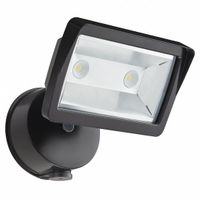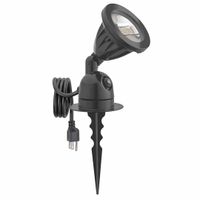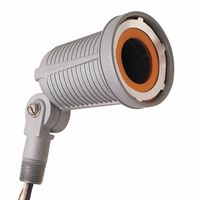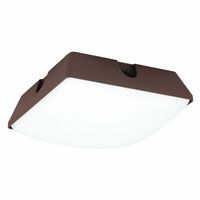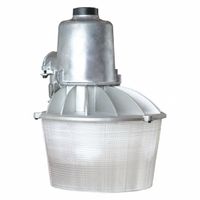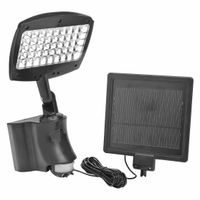Outdoor Lighting
Outdoor lighting fixtures resist moisture and withstand weather exposure and temperature fluctuations to provide light outdoors or in partially exposed locations. Outdoor fixtures can supply general or targeted lighting on sidewalks, pathways, doorways, and other outdoor spaces to help deter crime a .....Read More
Frequently Asked Questions
What are the best outdoor lighting fixtures for weather resistance?
How do outdoor lighting fixtures withstand moisture and temperature changes?
What materials are used in outdoor lighting fixtures to prevent rust and corrosion?
How can outdoor lighting help deter crime?
What is the difference between general and targeted outdoor lighting?
How do I choose the right outdoor lighting for my garden or landscape?
What are the benefits of using LED lights in outdoor fixtures?
How do I install outdoor lighting fixtures safely?
What are the best practices for maintaining outdoor lighting fixtures?
How can outdoor lighting improve safety on sidewalks and pathways?

